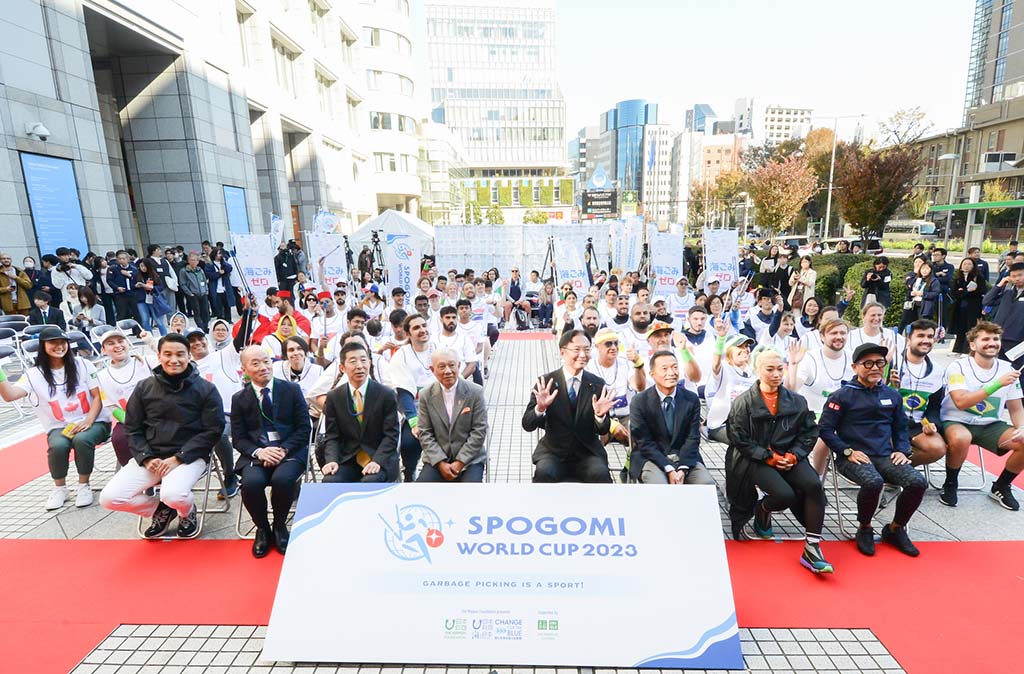Foundation History 2011–Today
2011|Supporting art brut Projects
The Foundation begins assisting projects that showcase outstanding works of art that transcend the boundary between disabled and able-bodied and help foster a diverse society. The projects include the evaluation of the works as art, organizing art exhibitions, and renovating historic structures for use as museums.
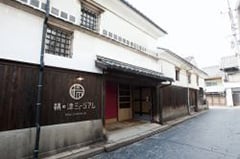
2011|Assisting Recovery from the Great East Japan Earthquake
The Nippon Foundation launches the ROAD Project to assist the relief effort following the Great East Japan Earthquake that struck northeastern Japan on March 11, 2011. Efforts include distributing monetary condolences to the relatives of family members who became missing or were killed by the disaster, promptly issuing emergency grants to nonprofit organizations, and launching the “Tsunapro” program to connect disaster victims with NPOs that can provide assistance. These activities, which draw on the Foundation’s capabilities as a private entity, are made possible by donations from individuals, organizations, and corporations, and the subsidy from motorboat races.
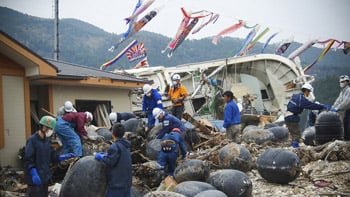
2011|New Official Name Announced
Reflecting its new status as a public interest organization, the Foundation officially renames itself “The Nippon Foundation,” which had been its unofficial nickname since 1996.
2012|Yohei Sasakawa Appointed Japan’s Goodwill Ambassador to Myanmar
In June, The Nippon Foundation Chairman Yohei Sasakawa is appointed Goodwill Ambassador for the Welfare of the National Races in Myanmar by the Japanese government. In October, the Foundation organizes a conference in Japan to assist Myanmar’s ethnic groups, and representatives of 10 ethnic groups participate.
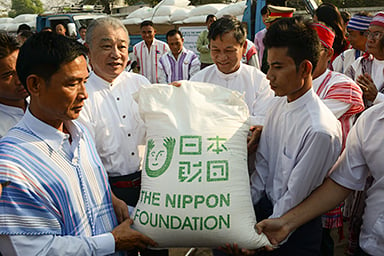
2012|Fiftieth Anniversary of The Nippon Foundation
On October 1, 2012, The Nippon Foundation celebrates its fiftieth anniversary. The Foundation uses the occasion to announce its mission looking forward, encapsulated in the slogan: “Share the pain. Share the hope. Share the future.” It also unveils a new logo, which builds on the previous logo used since 1996. Renowned designer Kashiwa Sato is appointed the new creative director in charge of branding.
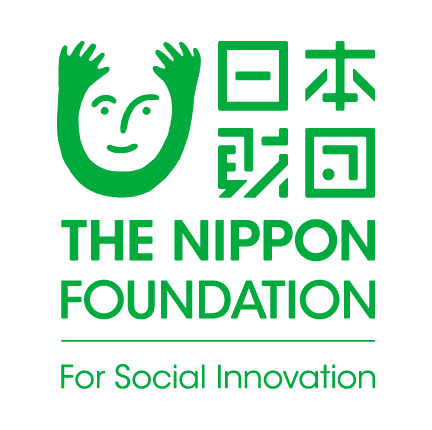
2013|Working for National Reconciliation in Myanmar
The Nippon Foundation provides 65 tons of rice as relief supplies at the request of the government of Myanmar and the Myanmar Peace Center, to a region where persons displaced as a result of clashes between Muslims and Buddhists face severe food shortages.
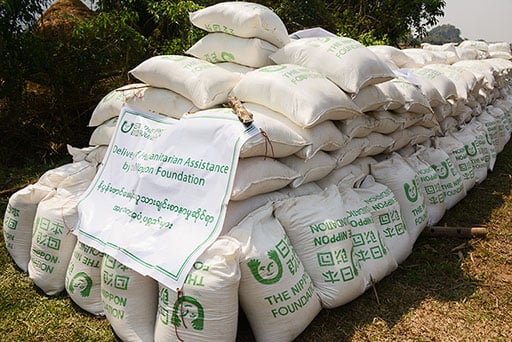
2014|¥30 Billion “Special Fund for Disaster Preparedness” Established
Building on the lessons learned from the response to the 2011 Great East Japan Earthquake, The Nippon Foundation establishes a new ¥30 billion Special Fund for Disaster Preparedness to facilitate emergency relief in the event of a future major disaster.
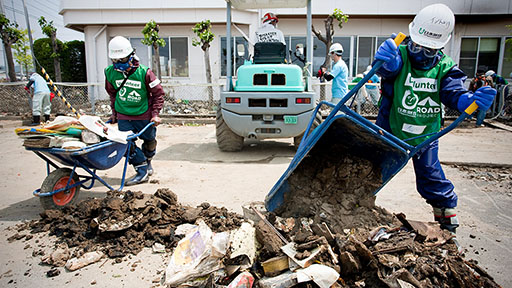
2014|Passenger Ferry Delivered to Palau
The Nippon Foundation constructs and donates a 60-passenger ferry, the Nippon Maru II, to the Republic of Palau to replace the Nippon Maru, which had also been donated by the Foundation and provided transportation between Koror and Peleliu states for more than 20 years, before being sunk by a typhoon in December 2012.
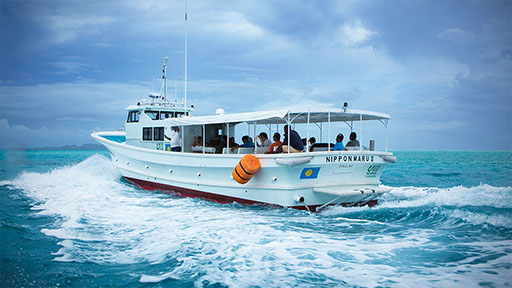
2015|Global Appeal 2015 Launched from Tokyo
The Global Appeal To End Stigma and Discrimination Against People Affected by Leprosy, issued every year since 2006, is launched from Japan for the first time. Prime Minister Shinzo Abe and his wife Akie Abe attend the launch ceremony in Tokyo, which also features video messages from UN Secretary-General Ban Ki-moon and the Dalai Lama. On the next day, eight persons affected by leprosy from Japan and other countries who attended the launch ceremony have an audience with the Emperor and Empress.
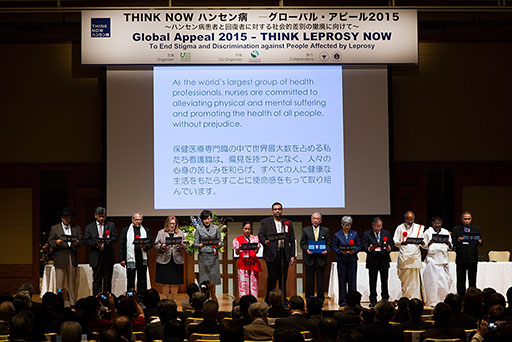
2015|Support for the Tokyo 2020 Paralympic Games
The Nippon Foundation Paralympic Support Center is established with offices in the Foundation’s headquarters building, to support para sports leagues and help para-athletes prepare for and compete in the Tokyo 2020 Paralympic Games. A “Para-Ekiden in Tokyo 2015” relay race is also held at Komazawa Olympic Park in Tokyo, featuring 171 athletes, including para-athletes, non-disabled athletes and guides, grouped into 19 eight-person teams competing in a roughly 20-kilometer race in front of approximately 14,000 spectators.
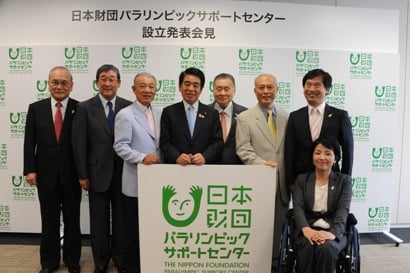
2016|Stepped Up Efforts Toward an Inclusive Society
Following the signing of an agreement in late December 2015 with UNESCO for a Disabled Persons Arts Festival, a memorandum of understanding is concluded with the World Bank in April to support persons with disabilities in job training and employment. The BMaps barrier-free information application, being developed in advance of the Tokyo 2020 Paralympics, is previewed in Tokyo and subsequently introduced at international conferences in Washington, D.C. and New York City in the United States, and in Quito, Ecuador.
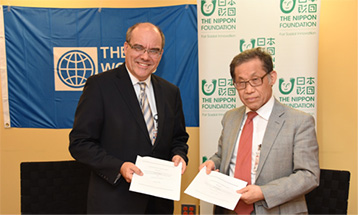
2016|Response to Kumamoto Earthquakes
The Nippon Foundation uses the expertise gained in responding to the 1995 Great Hanshin Awaji Earthquake and the 2011 Great East Japan Earthquake, including drawing on the Special Fund for Disaster Preparedness established in 2014, to provide emergency relief and support for reconstruction after Kumamoto Prefecture and adjacent areas suffer major damage from a series of earthquakes that struck over several days in mid-April. This includes identifying the actual needs on the ground, providing special assistance to persons with disabilities and older persons, and coordinating with NGOs and local governments.
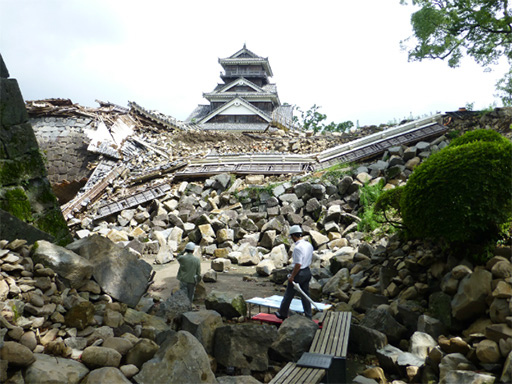
2016|The Nippon Foundation Social Innovation Forum 2016
The Nippon Foundation Social Innovation Forum 2016 brings together representatives of governments, companies, NGOs, and research institutions, to seek innovative ways to address social issues through activities that transcend traditional organizational frameworks. The forum features presentations by more than 100 specialists and 30 workshops, and is attended by roughly 2,200 people over three days. Specially selected social innovation projects (one first prize and two runners up) announced on the final day will receive support from the Foundation of up to one million yen annually for up to three years.
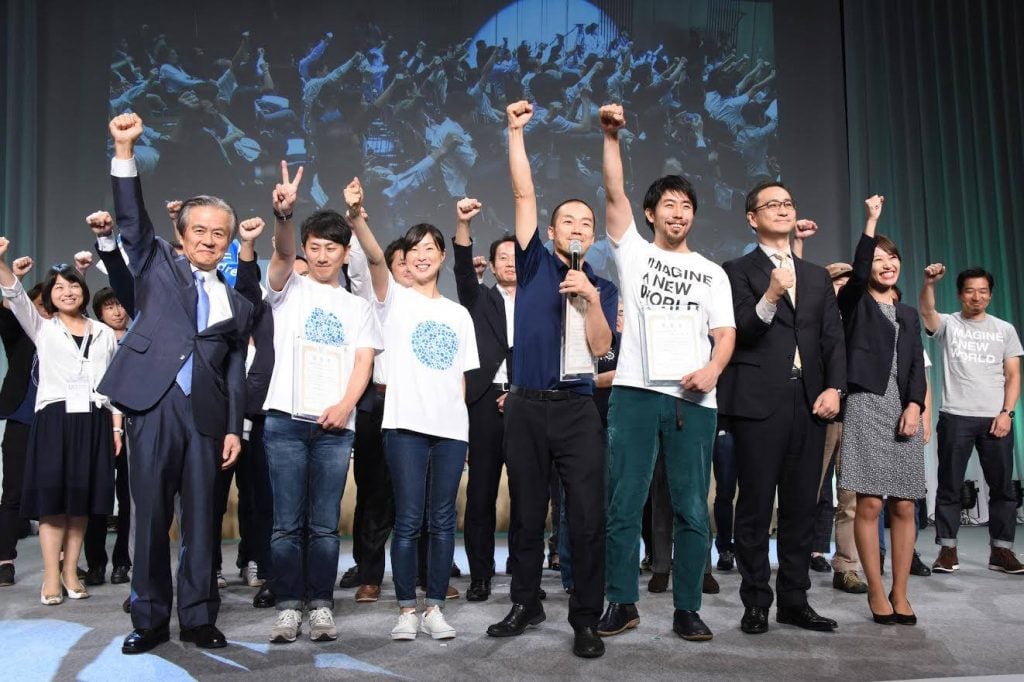
2017|Volunteer Partnership Signed with Tokyo 2020
In June, The Nippon Foundation signs a partnership agreement with the Tokyo Organising Committee of the Olympic and Paralympic Games (Tokyo 2020) for cooperation and coordination in the area of volunteer activities for the Tokyo 2020 Olympic and Paralympic Games. Under the agreement, the Foundation will use its expertise and experience in managing volunteers to work with Tokyo 2020 in a variety of areas, to recruit and train volunteers, build momentum for the Tokyo 2020 Games, and ensure a successful Olympics and Paralympics.
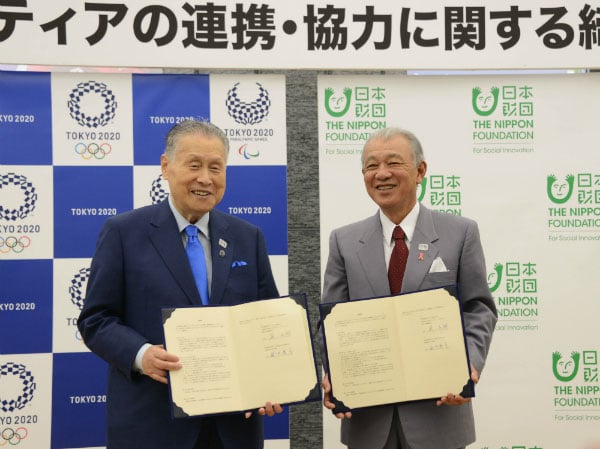
2017|Countries Working Together for Free and Open Seas – 1st Coast Guard Global Summit
The first Coast Guard Global Summit, attended by 35 countries and territories representing Asia, Europe, the Americas, Africa, and Oceana, and three international organizations, is held in September in Tokyo. The Nippon Foundation has organized summits of Asian coast guard leaders annually since 2004, focusing on the issues of piracy, maritime accidents, and preserving the maritime environment. In 2017, the summit is expanded to include coast guard leaders from around the world.
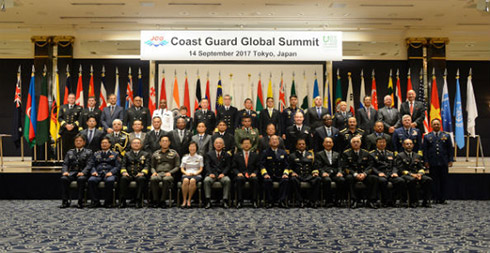
2017|The Nippon Foundation DIVERSITY IN THE ARTS Exhibition
The Nippon Foundation DIVERSITY IN THE ARTS Exhibition – Museum of Together is held in October at the Spiral building in Minami-Aoyama, Tokyo. The exhibition features approximately 500 works by 22 artists, including artists with intellectual, mental, and physical disabilities, and Shingo Katori of the now disbanded vocal group SMAP participating as the “23rd artist.” Over 19 days, more than 39,000 people visit the exhibition, which is designed to make the works accessible for as many people as possible.
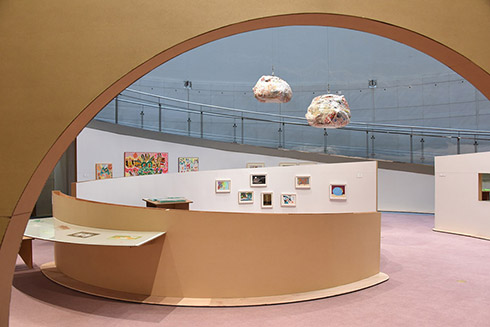
2018|The Nippon Foundation – GEBCO Seabed 2030 Project
Together with the GEBCO Guiding Committee, The Nippon Foundation launches a new project with the aim of mapping the entire ocean floor by 2030. Understanding the bathymetry of the global ocean is imperative for improving maritime navigation, and also for enhancing our ability to predict climate change and monitor marine biodiversity and resources. A comprehensive map of the seafloor will assist global efforts to combat pollution, aid marine conservation, forecast tsunami, and better understand tides, wave action, and sediment transport.
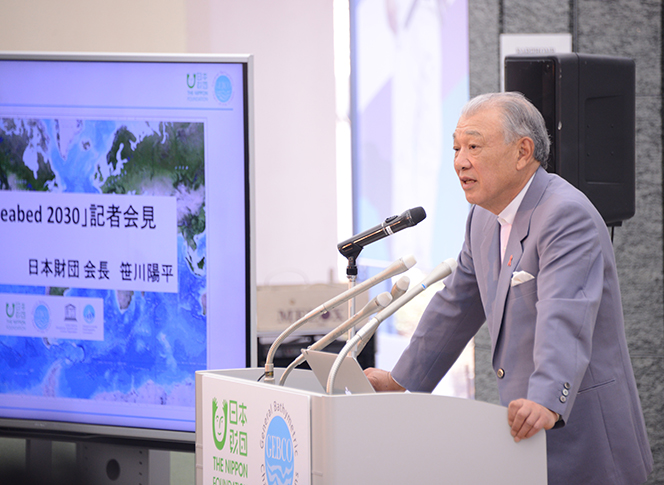
2018|Support for Recovery from Natural Disasters
The year 2018 in Japan is marked by a series of natural disasters, including earthquakes in Osaka Prefecture and the northern island of Hokkaido, and heavy rains that caused major damage in western Japan. Immediately after each of these events, The Nippon Foundation appeals for donations and begins providing support to meet the needs of people in the affected areas.
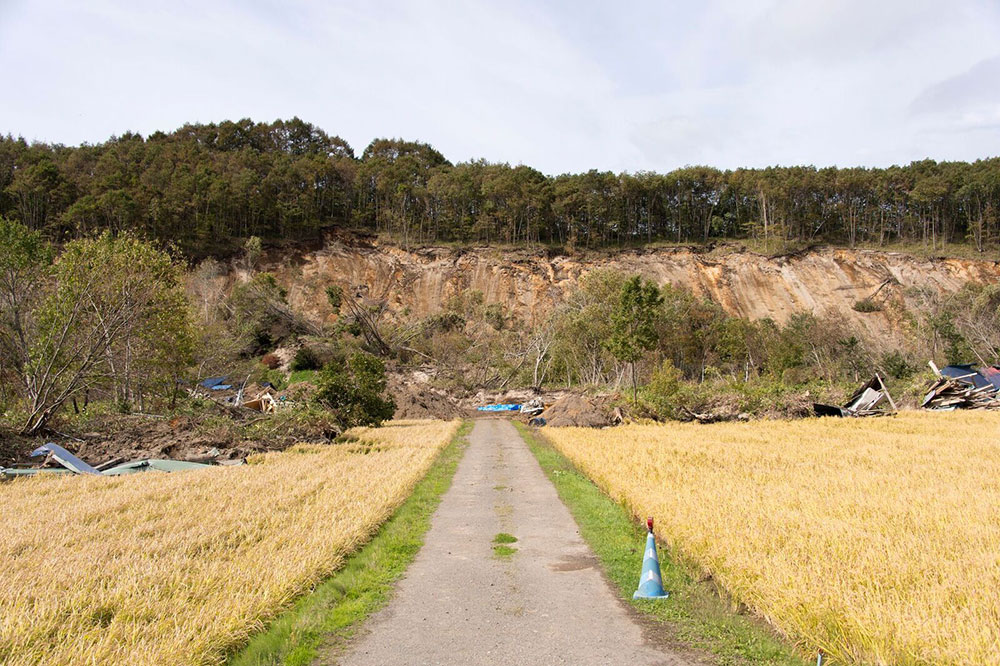
2018|AVATAR Café DAWN ver.β
The Nippon Foundation, together with Ory Laboratory and ANA Holdings, opens a café on a trial basis in the lobby of The Nippon Foundation headquarters in Tokyo, where customers are served by robots remotely operated by persons with disabilities from their homes, as a way to support employment for persons with serious physical disabilities. The three parties aim to have a similar permanent facility in place by 2020, when Tokyo will host the Olympic and Paralympic Games.
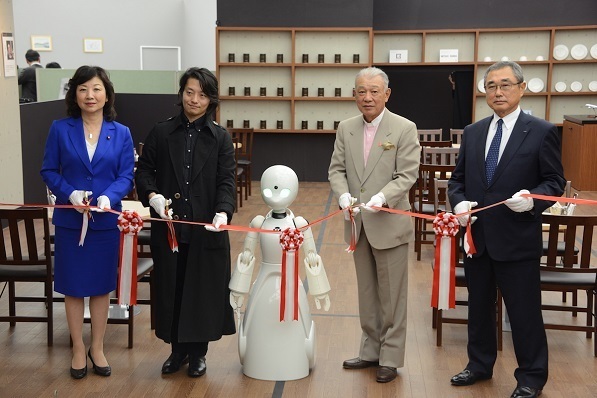
2019|Joint Project with Ministry of the Environment to Address Ocean Debris
The CHANGE FOR THE BLUE project is launched as a joint public, private, and academic sector project to raise nationwide awareness of the problem of ocean debris and make each individual resolve “not to allow any more plastic waste to enter the ocean.” The Foundation also partners with the Ministry of the Environment’s Plastics Smart campaign to address this issue.
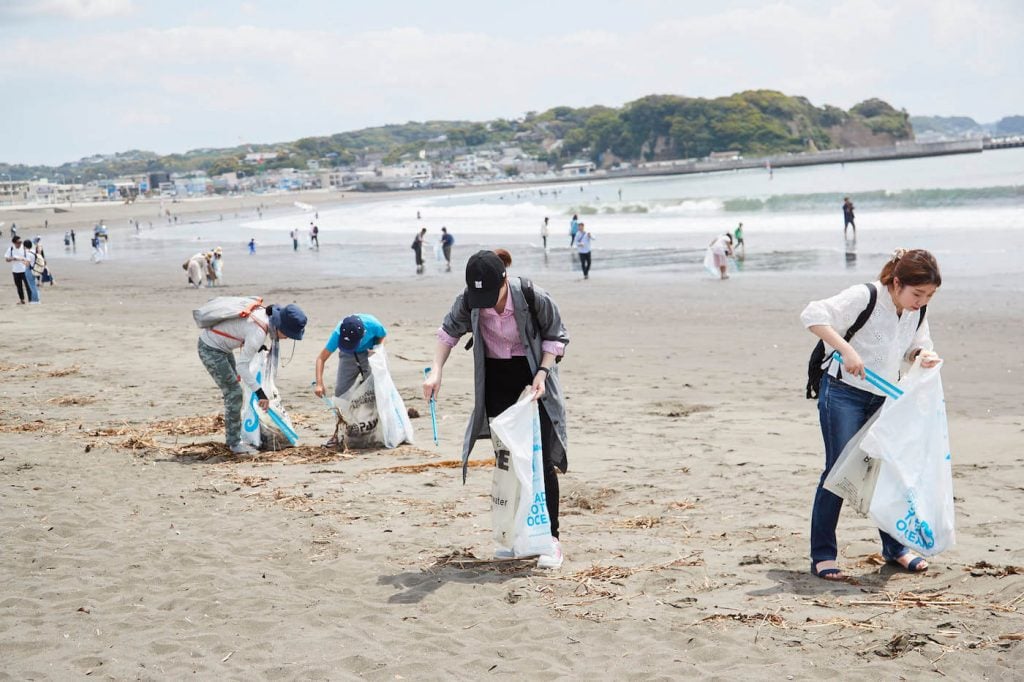
2019|Support for Establishment of the Imphal Peace Museum
To mark the 75th anniversary of the Battle of Imphal and preserve records from the battle, and to deepen ties between Japan and India, the Foundation supports the construction of the Imphal Peace Museum, built on a theme of “Peace and Reconciliation.” For the museum’s opening, the Foundation collects items to be displayed and preserved at the museum and monetary donations.
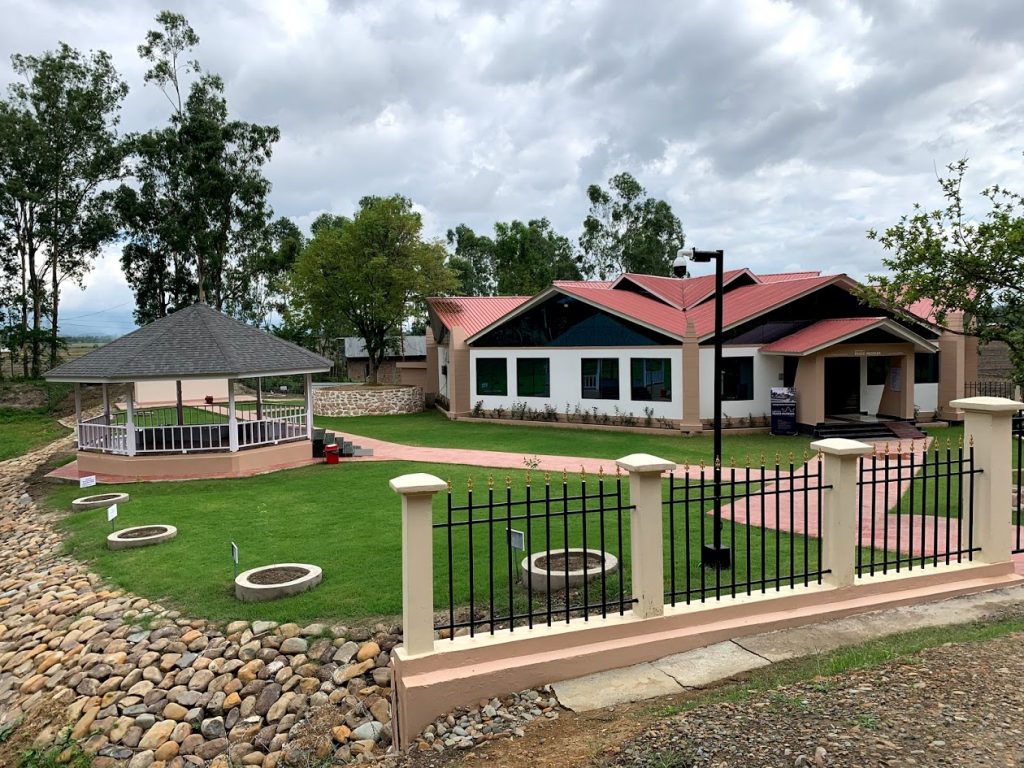
2019|Support for Recovery from Typhoons Faxai and Hagibis
Typhoon Faxai struck the Kanto region of central Japan on September 9, with Chiba Prefecture experiencing particular damage, and Typhoon Hagibis, which made landfall on October 12-13, caused severe damage across the Kanto, Koshinetsu, and Tohoku regions. The Foundation provides emergency relief to victims of both typhoons, as well as support for NGO and volunteer activities and for books, musical instruments, and other supplies for schools that were damaged. The Nanani fund is set up specifically to support this work, and receives donations totaling more than 250 million yen from the general public.
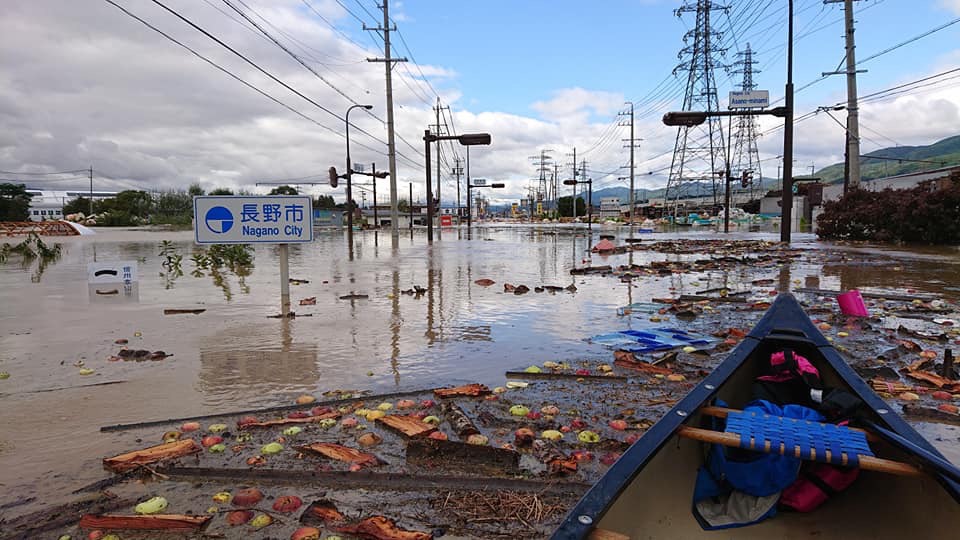
2020|Support in Response to Spread of Coronavirus
A new coronavirus was discovered in Wuhan, China, in January 2020, and spread to Japan, leading to the declaration of a state of emergency in April. Given the possibility of a crisis from a collapse of the medical system, the Foundation launches four initiatives.
- The establishment and operation of The Nippon Foundation Disaster Emergency Support Center
- Transportation support for medical practitioners and infected persons to prevent the spread of infections
- Support in the form of specially equipped vehicles and medical equipment to medical facilities designated by the Japanese Association for Acute Medicine
- The establishment and operation of a PCR testing center.
In addition, the Foundation collects donations to support the swift implementation of these initiatives, receiving 2.7 billion yen (from April 2020 to March 2021).
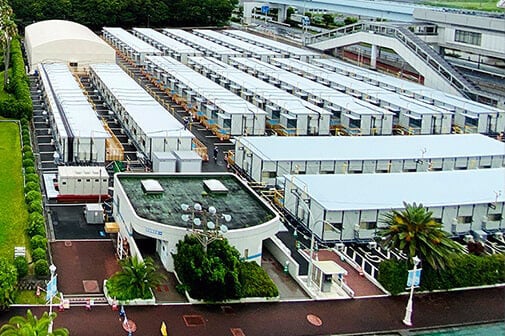
2020|Strengthening of Telephone Relay Service
The Foundation launched a Telephone Relay Service as a model project in 2013, enabling persons who are deaf or hard of hearing to access sign language interpreters via video phone at public facilities. This leads to the passing in October 2020 of the Act on Facilitating the Use of Telephones by the Hearing Impaired, etc., with the launch of the public service in July 2021.
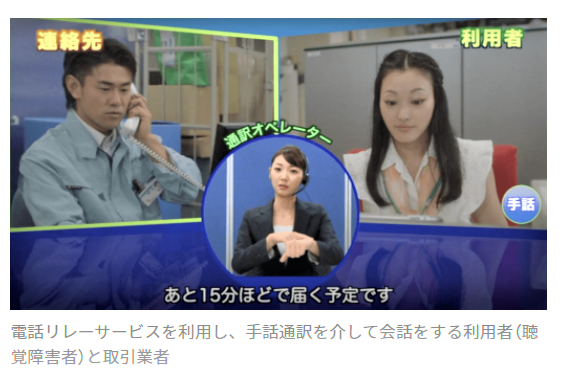
2021|Announcing Support for The Valuable 500
In January, the Foundation agrees to cooperate as a Global Impact Partner with The Valuable 500, a global network launched as a call to the CEOs of 500 global companies to promote reforms that will enable persons with disabilities to demonstrate their potential social, business, and economic value through access to hiring, products, and services without disadvantage. In May, V500 reaches its target of having the CEOs of 500 companies commit to its program.

2021|SignTown Officially Released on Sept. 22
SignTown, an online game for teaching sign language jointly developed by The Nippon Foundation and The Chinese University of Hong Kong in collaboration with Google and Kwansei Gakuin University, is officially launched in September incorporating improvements made since the beta launch in May. With the ability to recognize signs using a conventional camera attached to a personal computer, the game is intended to raise interest in sign language among the general population.
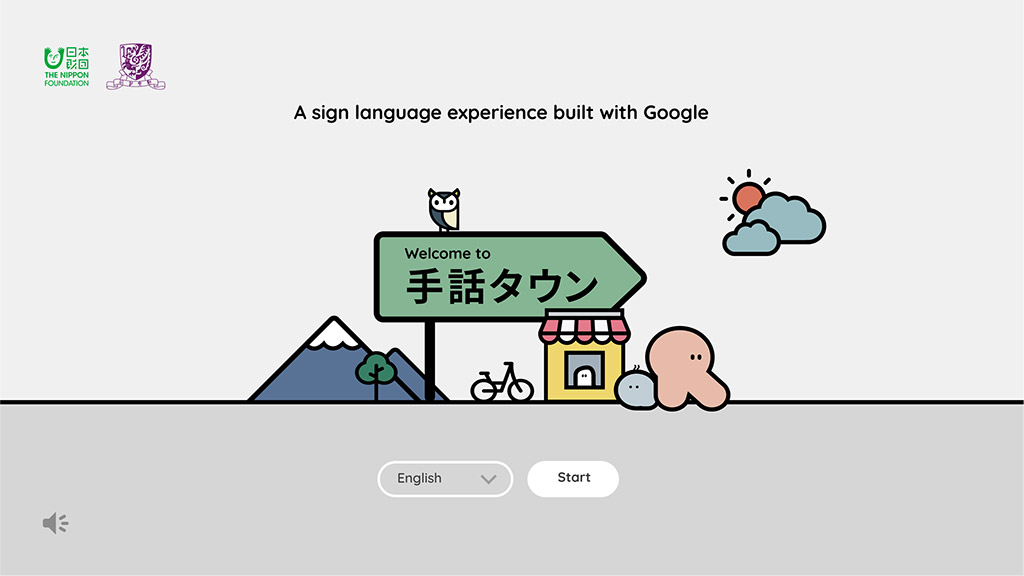
2021|The Nippon Foundation – Osaka University Infectious Disease Response Project
The Nippon Foundation – Osaka University Infectious Disease Project is launched to establish a center for general research on infectious diseases. The project will pursue open innovation with research institutions and the industrial sector in Japan and overseas, with the aim of protecting people’s lives from the threat of future pandemics while at the same time maintaining social and economic activity.
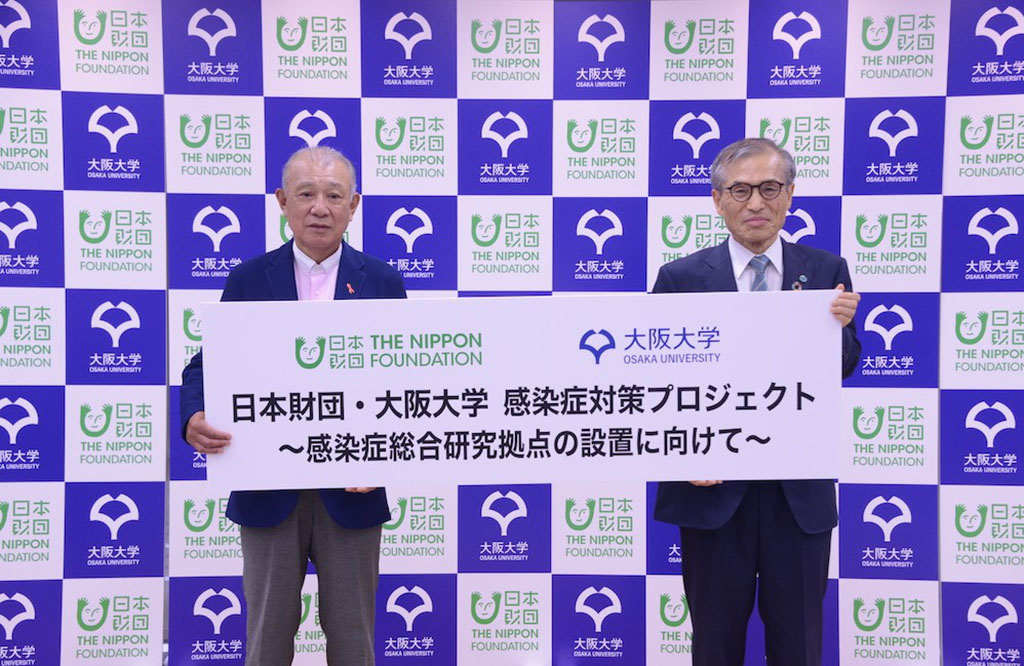
2022|Support for Evacuees from Ukraine
Russia launches an invasion of Ukraine in February 2022.
In March, The Nippon Foundation Office for People Displaced from Ukraine is established, and measures are announced to provide support totaling 5 billion yen (tentative) for travel and living expenses for evacuees coming to Japan and grants to NGOs supporting evacuees in Japan.
In April, the Foundation offers support to persons with disabilities who are still in Ukraine and announces the dispatching of Japanese university student volunteers to countries neighboring Ukraine, with seven groups totaling 101 volunteers dispatched between May and October.
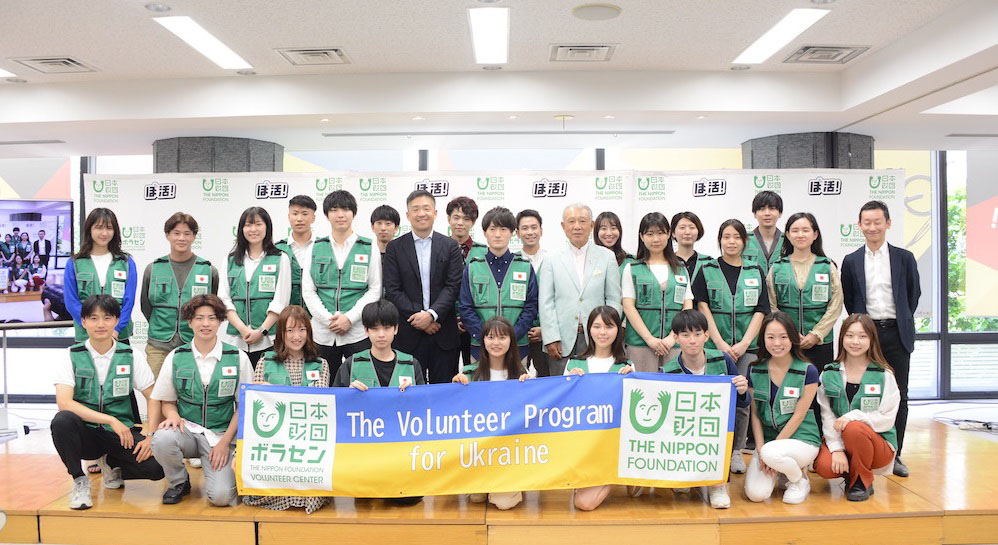
2022|Sixtieth Anniversary of The Nippon Foundation
On October 1, 2022, The Nippon Foundation celebrates the 60th anniversary of its founding. During the 10 years since its 50th anniversary, social issues including an unprecedented pandemic, people evacuating to Japan from other countries, ocean pollution, increasingly severe disasters exacerbated by climate change, and the environment for children, have become increasingly complex.
Based on its slogan of “Share the pain. Share the hope. Share the future,” the Foundation is working to address these issues for the next generation with new ideas and a sense of urgency.
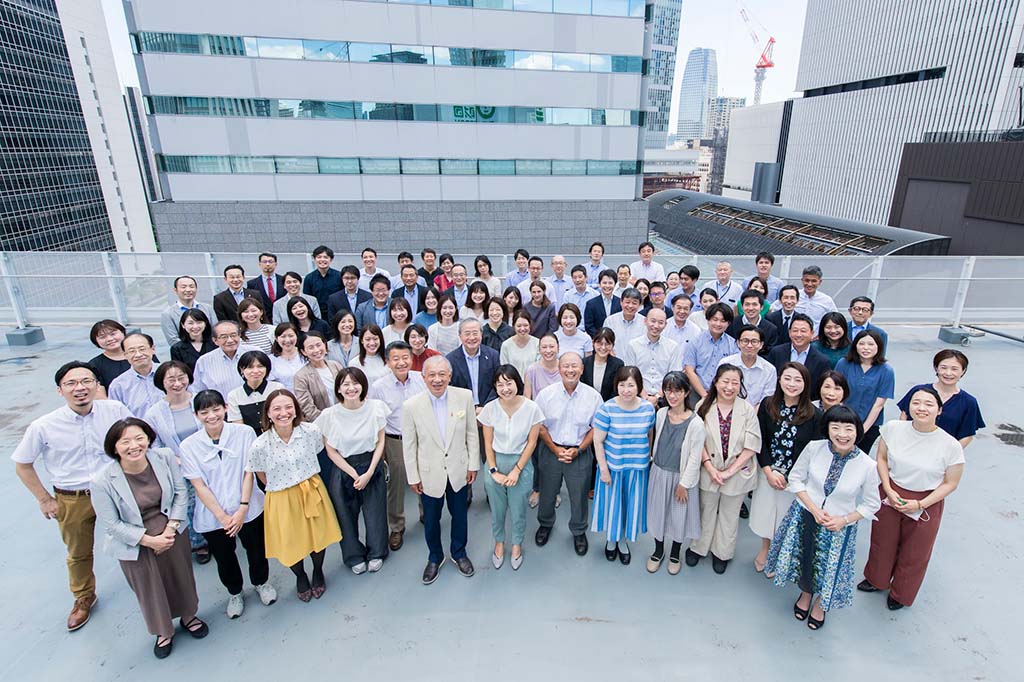
2023 | Japan – China Private-Sector Exchanges Resume
The Nippon Foundation announces the resumption of two private-sector exchange programs between Japan and China. The Japan – China Field Officer Exchange program for officers of the Japan Self Defense Forces and the People’s Liberation Army, which had been suspended for four years because of the coronavirus pandemic, resumes in July. In addition, a ceremony to mark the 35th anniversary of the Japan – China Sasakawa Medical Fellowship, which had been postponed for one year because of the pandemic, takes place in July.
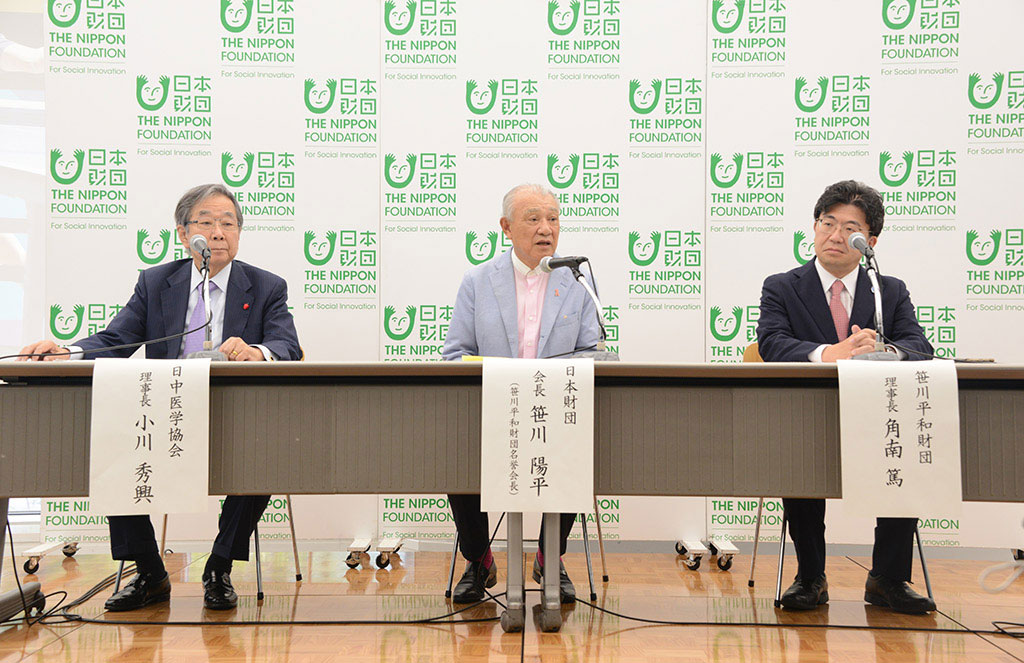
2023 | British Team Wins First SPOGOMI World Cup
The first global “Spo-GOMI World Cup 2023,” planned, managed, and supported by The Nippon Foundation to raise awareness of ocean debris, is held in November in Shibuya Ward, Tokyo. The sport, which originated in Japan, combines trash pickup with sports elements. Representative teams from 21 countries, selected through regional competitions involving more than 1,700 teams around the world, compete for the world championship, which is won by the British team with the Japanese team finishing second.
